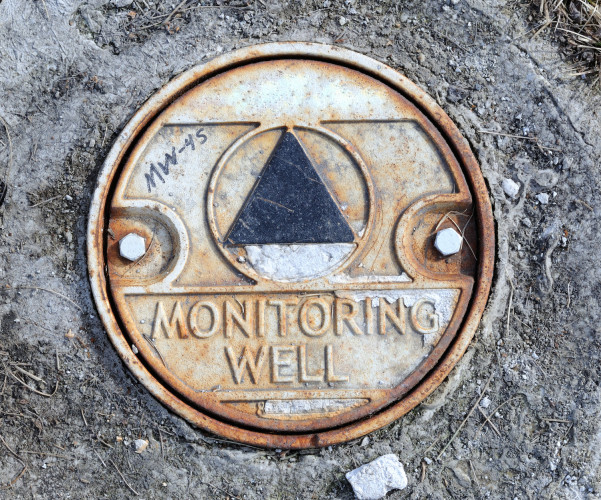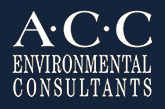
Protect Your Liability
Understanding New Phase I ESA Standards: Interview with Julia Siudyla, Staff Geologist
What is a Phase I ESA?
In the US a Phase I ESA is a report prepared for a real estate holding that identifies potential or existing environmental contamination liabilities. An ESA typically addresses both the underlying land as well as the physical improvements to the property.
Why is it important to conduct a Phase I ESA?
Bottom line, Environmental Liability Protection – if a Phase I ESA is conducted and existing environmental contamination is identified before a property purchase, liability for existing contamination can be eliminated.
Who creates the Standards and what’s changed?
The EPA All Appropriate Inquiry (AAI) and ASTM E1527-13 define the Phase I ESA standards. Recently the ASTM has adjusted their standard:
ASTM Overview
The American Society for Testing and Materials (ASTM) set out to clarify ambiguous language in the existing ASTM E1527-05 Phase I ESA standard. On December 30, 2013 the EPA approved the new ASTM Standard 1527-13 making it the new baseline for Phase I Environmental Site Assessments (Phase I ESAs).
What has changed?
The biggest revisions were updates to definitions of Recognized Environmental Conditions (REC) and Historical Recognized Environmental Condition (HREC). A new term, Controlled Recognized Environmental Condition (CREC), was also added to address scenarios when past releases have been addressed but allow the contamination to remain in place with certain controls. Additionally, Vapor Migration Screening is now referenced as one of the forms of hazardous substances movement in the subsurface. See the full updated definitions on our blog:
REC
“The presence or likely presence of any hazardous substances or petroleum products in, on, or at a property: (1) due to any release to the environment; (2) under conditions indicative of a release to the environment; or (3) under conditions that pose a material threat of a future release to the environment.”
HREC
“A past release of any hazardous substances or petroleum products that has occurred in connection with the property and has been addressed to the satisfaction of the applicable regulatory authority or meeting unrestricted use criteria established by a regulatory authority, without subjecting the property to any required controls (e.g., property use restrictions, AULs, institutional controls, or engineering controls). Before calling the past release an HREC, the EP must determine whether the past release is a REC at the time the Phase I ESA is conducted (e.g., if there has been a change in the regulatory criteria). If the EP considers this past release to be a REC at the time the Phase I ESA is conducted, the condition shall be included in the conclusions section of the report as a REC.”
CREC
“A REC resulting from a past release of hazardous substances or petroleum products that has been addressed to the satisfaction of the applicable regulatory authority (e.g., as evidenced by the issuance of a NFA letter or equivalent, or meeting risk-based criteria established by regulatory authority), with hazardous substances or petroleum products allowed to remain in place subject to the implementation of required controls (e.g., property use restrictions, AULs, institutional controls, or engineering controls)… a CREC shall be listed in the Findings Section of the Phase I ESA report, and as a REC in the Conclusions Section of the…report.”
Vapor Migration
Environmental Professionals (EP’s) are now required to assess vapor migration as a form of movement of hazardous substances or petroleum products in the subsurface. Consultants will use similar assessment guidelines to those related to groundwater migration when identifying if Vapor Migration is connected to a REC.
Who determines what is a CREC versus REC?
It will be up to the Environmental Professional to make this determination so choosing a detailed oriented firm that upholds strict practices and stays on top of the current standards is key in protecting your Environmental Liability.
How is ACC adapting to the new changes?
ACC has always maintained strict standards when conducting Phase I ESA’s and in anticipation we migrated the revisions into our standards far before they were mandated.
What can a Geologist do for your company?
Beyond the nitty gritty of looking for contaminants on your property a Project or Professional Geologist can aid you in Risk Assessment and management when looking at long-term development, potential new acquisitions and all environmental property transfer and redevelopment issues.
To receive a Phase I quote or to learn more on how ACC can address your property’s environmental needs, Click here.
Other helpful resources:

